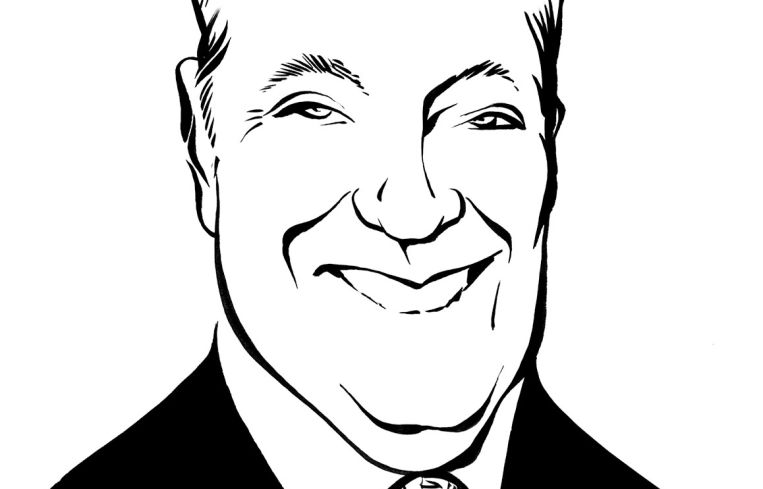New Year Brings Commercial Real Estate Opportunities

The year 2020 was unlike any other, primarily because of the COVID-19 pandemic. The virus is likely to affect commercial real estate throughout 2021 and beyond.
“Continuing uncertainty about the pandemic froze transaction deal volume in 2020 and put significant pressure on property types like hotel and retail,” said Victor Calanog, head of CRE economics for Moody’s Analytics REIS.
Other property types’ performance metrics are holding relatively steady, but Calanog noted that “there is often a lag when economic distress manifests in rent and occupancy declines.” Let’s take a look at the trends and opportunities you may want to keep in mind for 2021.
Macro Consumer Trends to Watch
• Retail revamped: The shift from brick-and-mortar retail stores to e-commerce has only accelerated during the pandemic, increasing the need for industrial and last-mile logistics facilities. In the third quarter of 2020, e-commerce comprised 14.3 percent of total retail sales, compared to 11.8 percent in the first quarter. The crisis forced consumers to change their shopping habits. And with more online options for groceries, electronics, medication and more, this increase will likely be permanent.
• A tale of two shopping centers: Generally, grocery store-anchored shopping centers have remained stable — people still need to buy food during a pandemic — but traditional malls have suffered. Some major retailers and mall operators have filed for bankruptcy, and their woes are likely to continue as e-commerce expands. Cities may benefit from rezoning these properties into other allowed uses.
• A return to urban apartments and offices: At the beginning of the pandemic we expected a potential long-term exodus from cities. As we’ve seen, many jobs can be done remotely. However, most employees still benefit from working on-site. This is especially true for young employees beginning their careers, many of whom moved in with their suburban families to save money. It’s hard to learn the ropes, bounce ideas off colleagues, or find a mentor from your laptop at home. Because major companies are often located in urban areas, employees — especially younger workers — may return to the city quickly as offices reopen.
• The need for affordable housing: The pandemic and its corresponding economic downturn brought renewed attention to the affordable housing crisis. Although measures to preserve current affordable housing via eviction moratoriums and rent control vary from city to city, they are important. But we must do more to reduce the growing homeless population. That means rethinking how we build affordable housing to decrease construction costs. Modular design can play a beneficial role, as can public-private partnerships. We should also consider constructing more buildings with a mix of affordable and moderate-income tenants.
• Rent payments remain high overall: The National Multifamily Housing Council’s Rent Payment Tracker found 93.6 percent of apartment households made a full or partial rent payment by the end of November 2020, a slight decrease from the 95.2 percent paid in November 2019 and similar to previous months. Increased unemployment benefits, Economic Impact Payments and other legislation passed in response to the pandemic may have played an important role in keeping these rent payment percentages high.
Opportunities Ahead
As with any economic downturn, investment opportunities arise. Beyond specific asset classes, we believe these trends may also pick up steam in 2021:
• Properties with new purposes: Once COVID-19 hit, our homes became our offices, schools and gyms. Why not rethink the way other properties are used? While some traditional malls, for example, have been converted to warehouses, there are many more that can be repurposed. Traditional malls can also become affordable and workforce housing. Likewise, hotels can serve as extended-stay lodging or quiet office space for people working remotely throughout the pandemic; in the future, they could be repurposed as affordable housing.
• Sustainability makes sense economically: The country is quickly moving toward alternative energy. One study published in Energy & Environmental Science predicts that 80 percent to 85 percent of the U.S. will run on alternative energy by 2030. The cost of going green is also dropping. Lawrence Berkeley National Laboratory’s 2020 Utility-Scale Solar Data Update showed that the median installed cost of projects in 2019 was down 20 percent from 2018 and down more than 70 percent from 2010.
• Technology on the rise: Overall, the commercial real estate industry has been slow to adopt digital solutions. But simplifying property management can reduce staff time and costs, provide more payment alternatives, and decrease payment times — all of which can help your bottom line. It’s time for the industry to embrace and integrate technology with digital treasury solutions, rent payments and vendor invoicing.
The COVID-19 pandemic highlighted the affordable housing crisis and accelerated the growth of e-commerce, trends that will carry over into 2021. As remote work continues, you should focus on keeping your resiliency protocols and internal controls high while looking toward future opportunities.
Al Brooks is head of commercial real estate, commercial banking at JPMorgan Chase.



